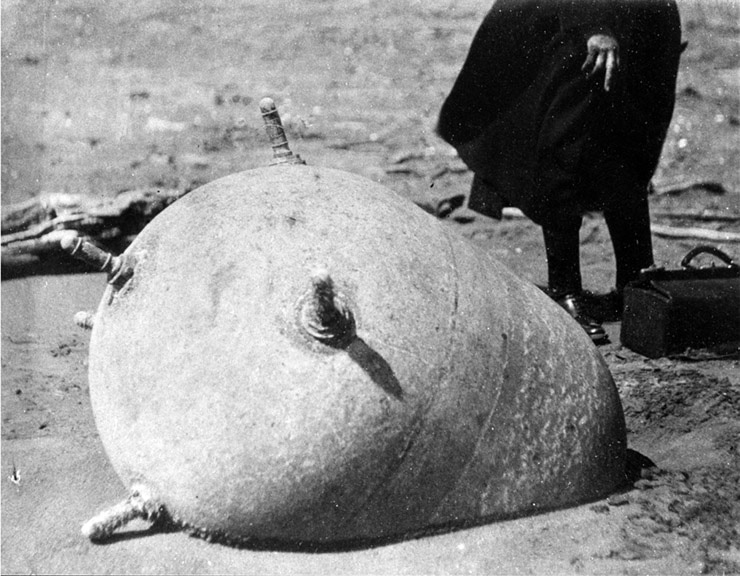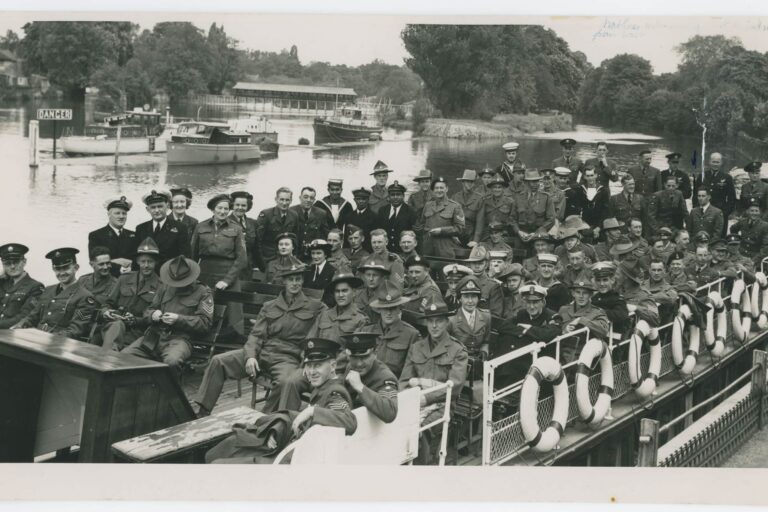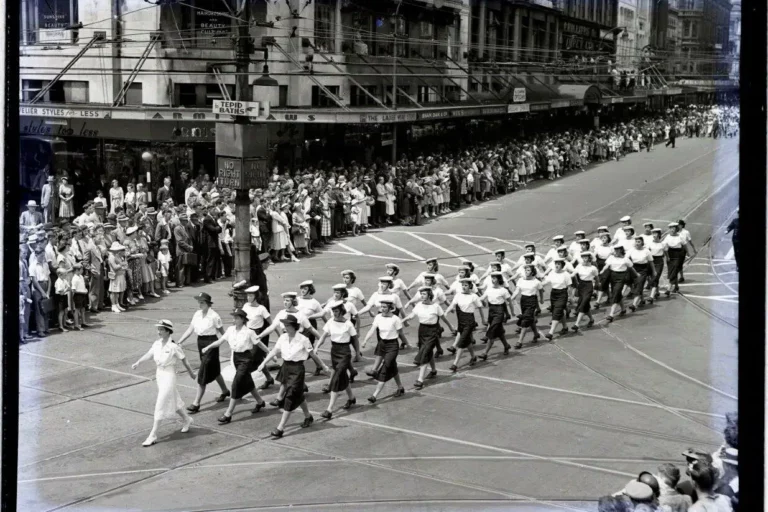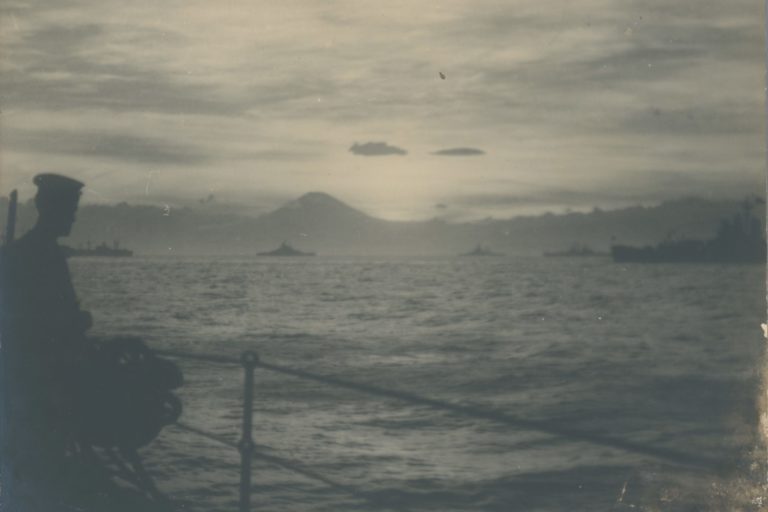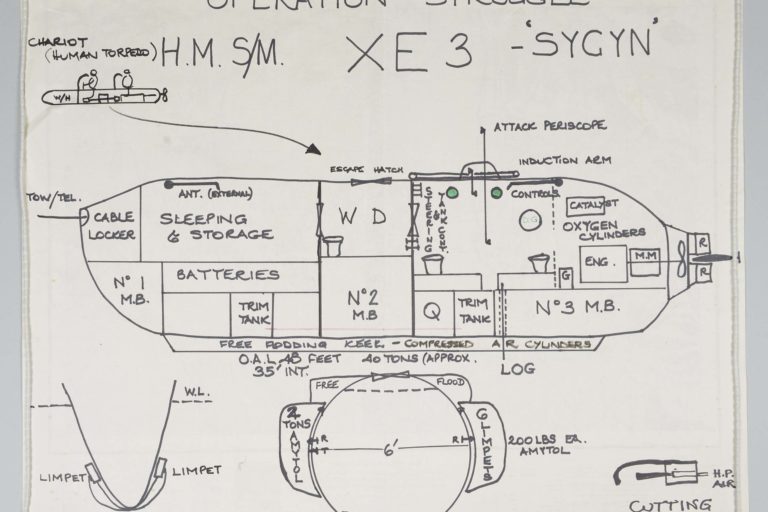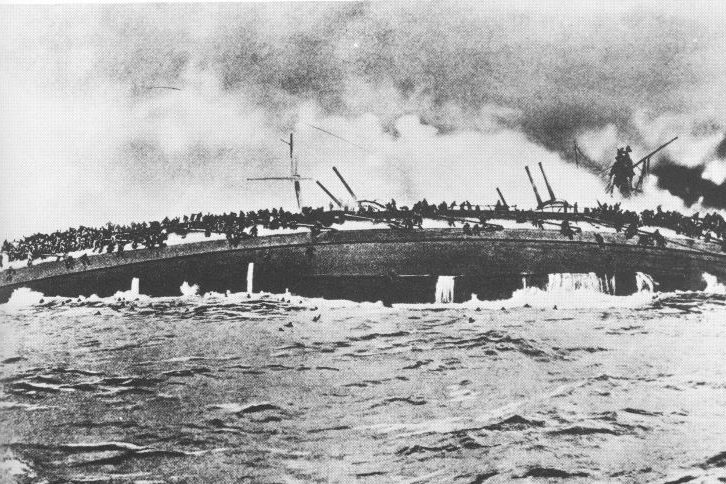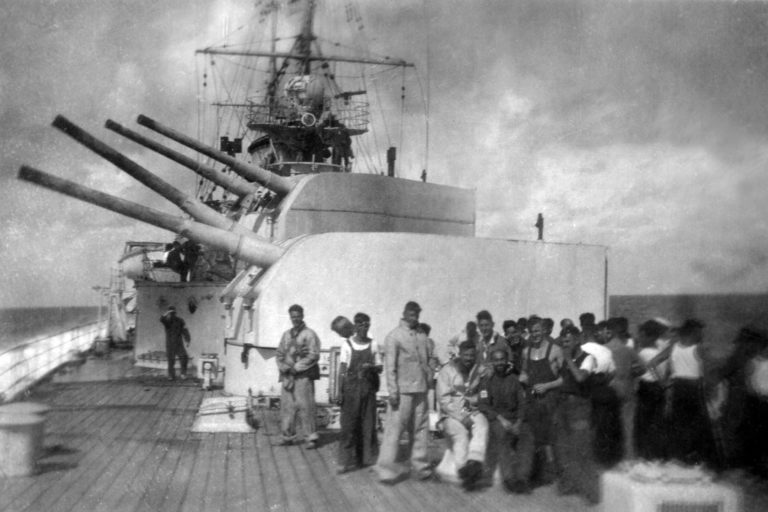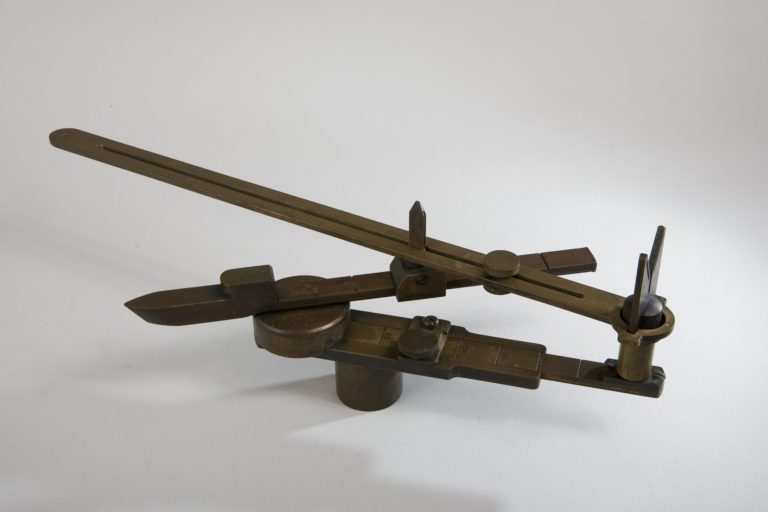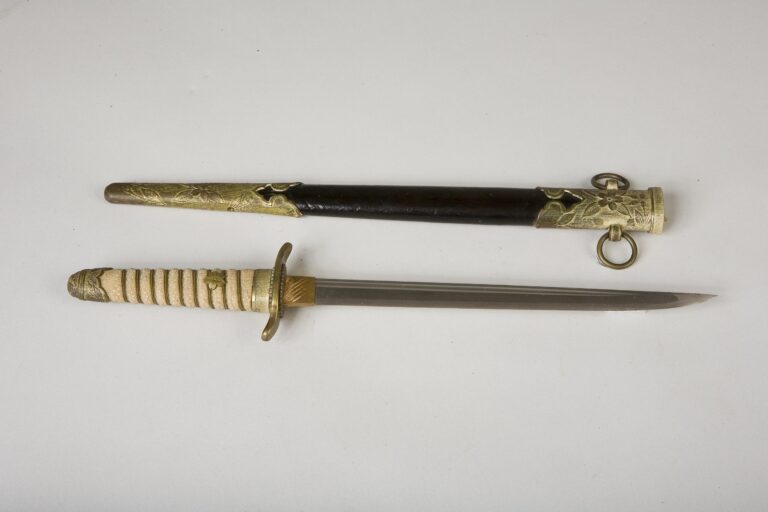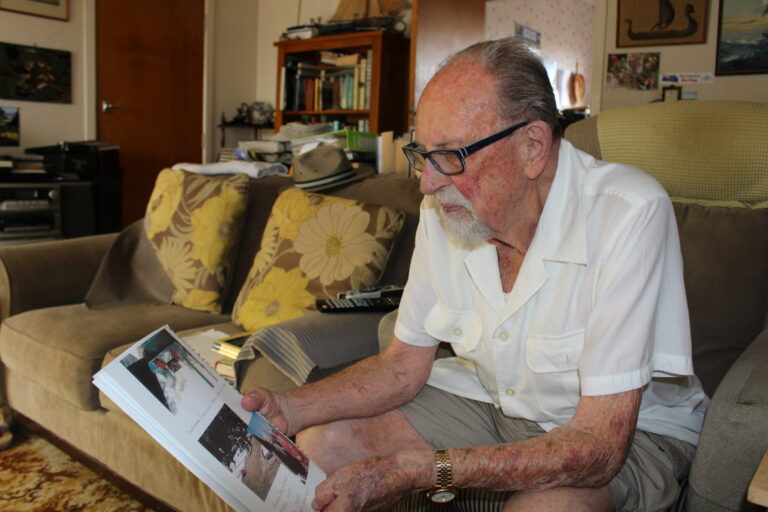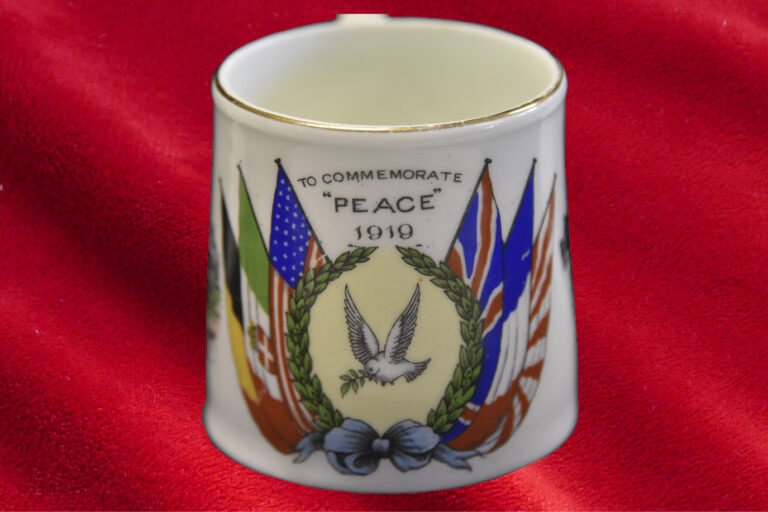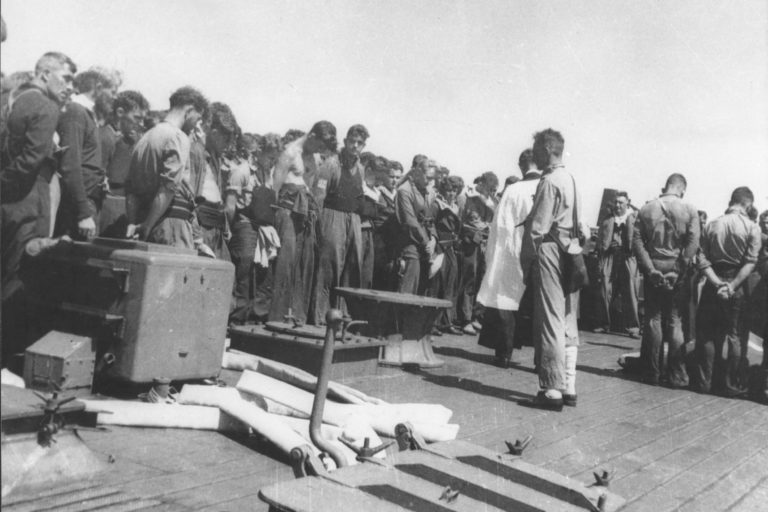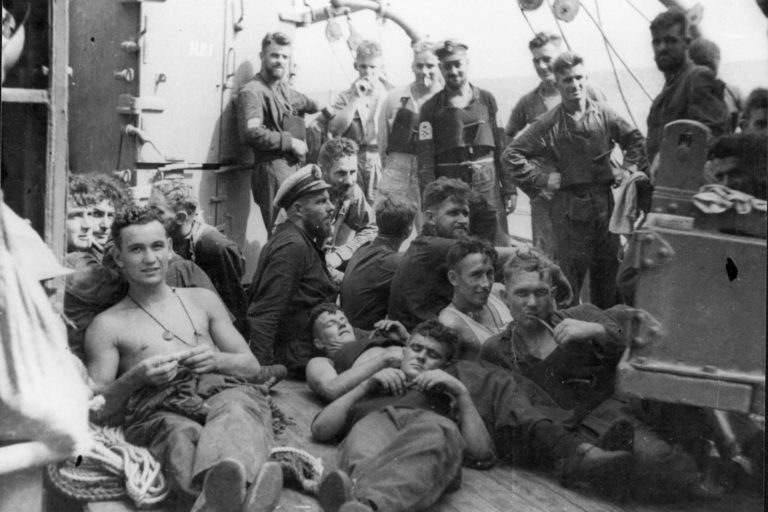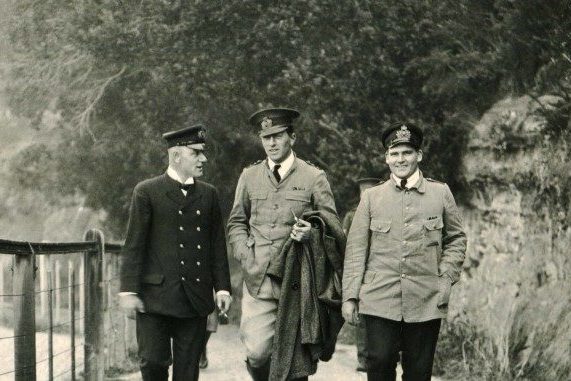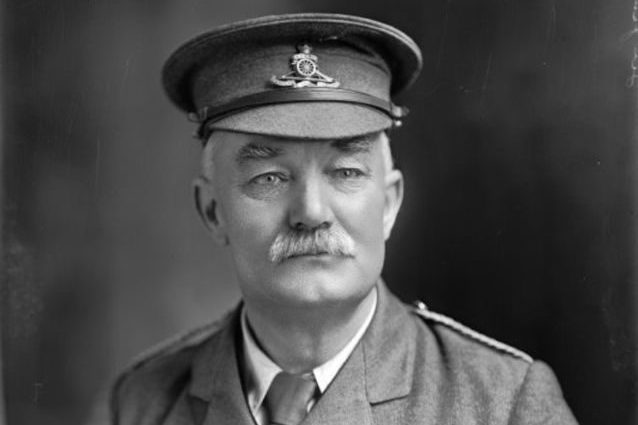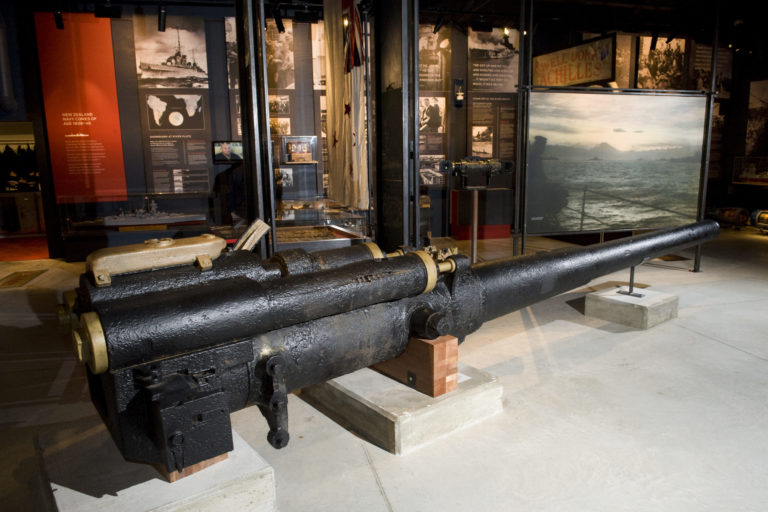Read about mines washed ashore in New Zealand from 1918 to 2008 – where a badly rusted mine was found at Karamea on the West Coast of the South Island.
March 1918
- On 4 March a type II German mine washed ashore at Awana beach on Great Barrier Island. Rendered safe by army personnel and explosives taken for analysis. Lieutenant E.J. Browning of the naval staff was made ill by the explosive fumes after the controlled detonation. Parts of the case and interior fittings recovered were sent to Wellington. Details of the mine were sent to the Admiralty.
January 1919
- On 10 January a mine that had washed up near Rahotu on Christmas Day 1918, struck a reef on the coast north of the Awakino River and detonated. It seems as this location on the West Coast of the North Island had a lot of flotsam and jetsam washed up. Bottles thrown into the sea from the troopships leaving New Zealand arrived there.
- On 27 January a German mine was washed ashore on a beach between Levin and the mouth of the Manawatu River. It was found by a Mr Mudgway who secured it at the high-tide line where it was destroyed by a naval party on 29 January.
April 1919
- Three people are killed at the mouth of the Waikouria Creek on 21 April 1919, by a German mine washed ashore. It was presumed that the mine came from a minefield laid near Farewell Spit. The three men came across the mine washed up on the beach which was then detonated by the tampering with the weapon killing them instantly.
June 1919
- On 18 June, a German mine washed ashore at Oakura Beach in Taranaki. A Mr Kendall spotted the mine and kept it under guard until it was destroyed. For his efforts he was rewarded with the sum of £1 and the four men who guarded the mine were given £3 each.
February 1940
- Local Maori report that a mine is located off Taharoa beach. Investigation by the Army identified it as a mooring buoy.
January 1941
- German type Y mine washed up on Coromandel coast 30 January 1941. Destroyed by party from Devonport. Damage to land was claimed for by the absent owner. Analysis was undertaken of the mine especially the locating plug which was found to be of ebonite. The locating plug was used for positioning the blocks of in the mine.
April 1942
- German mine washed ashore on a beach south of the Mangawai Heads. Destroyed by a RNZN party.
October 1950
- A British laid mine washed ashore at Waipero Bay eight miles from Russell in Bay of Islands October 1950Detonated on 24/10/1950 by RNZN. The explosion was heard in Russell and one piece of the mine landed in a garden.
- Mine found on Motukiekie Island October 1950.
December 2008
- A badly rusted mine was found at Karamea on the West Coast of the South Island. This is supposed to being part of a controlled minefield laid in the First World War to protect Westport. In 1914-1918 Westport was the main port where coal was loaded for warships serving with the Royal Navy. Westport coal was thought to be superior to Australian coal which was found seriously defective for steaming purposes by 1914. For example, a test done in the battlecruiser HMAS Australia showed to keep the screws turning at 186 revolutions per minute, 16 tons of NSW was required, 12 tonnes of Westport coat or 10 tons of Welsh coal. With the outbreak of the First World War, Welsh coal would be unobtainable and all the coal the RAN had on hand in August 1914 was 1,800 tonnes of Westport coal, about a single large ship’s coaling allocation. This mine was laid by the Defence Department’s sub-mining steamer the Jamie Seddon. This mine broke off its mooring drifted out of the mouth of the Buller River, then drift northward to Karamea with the prevailing current. This is supposition based probability.


